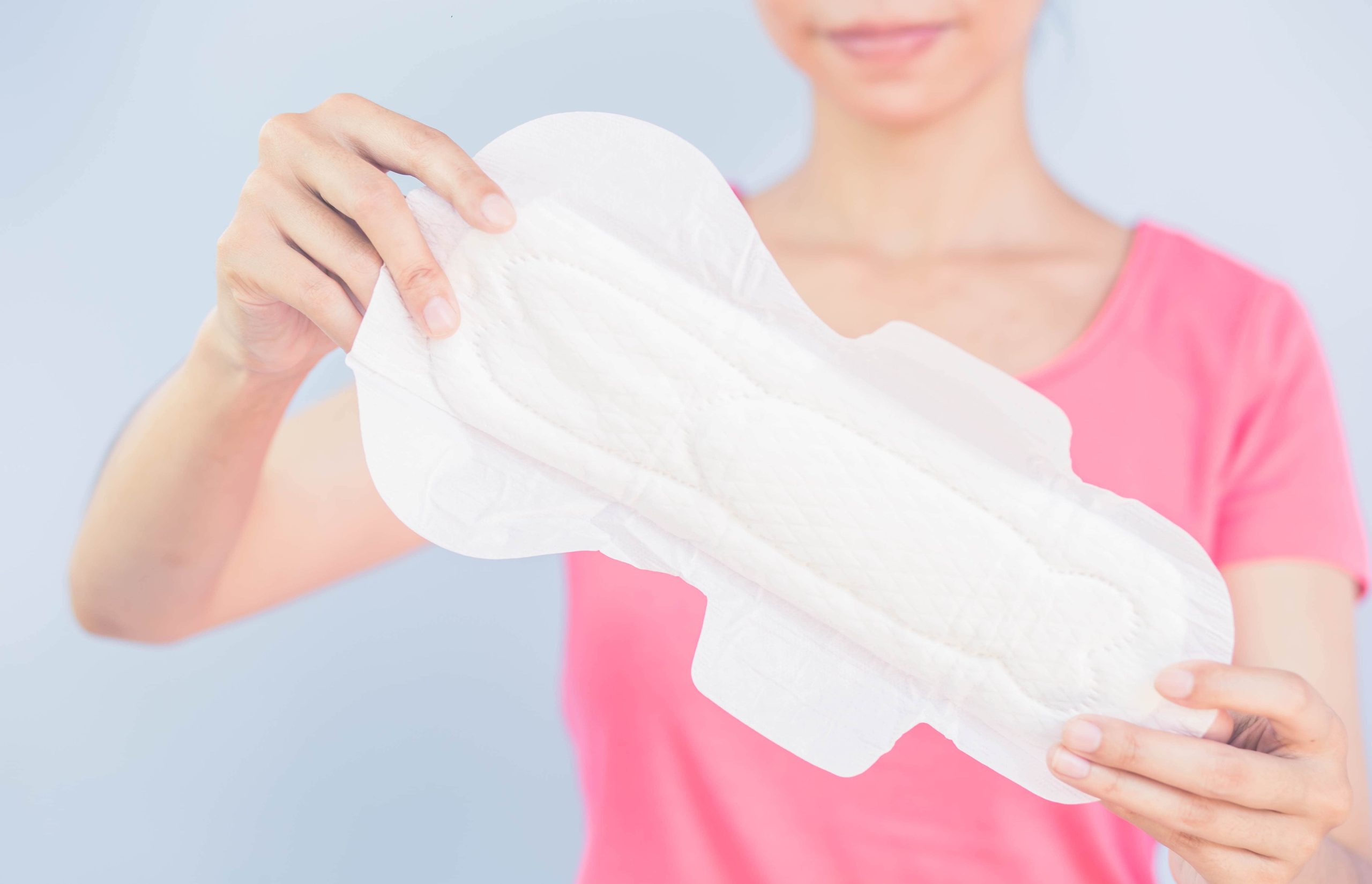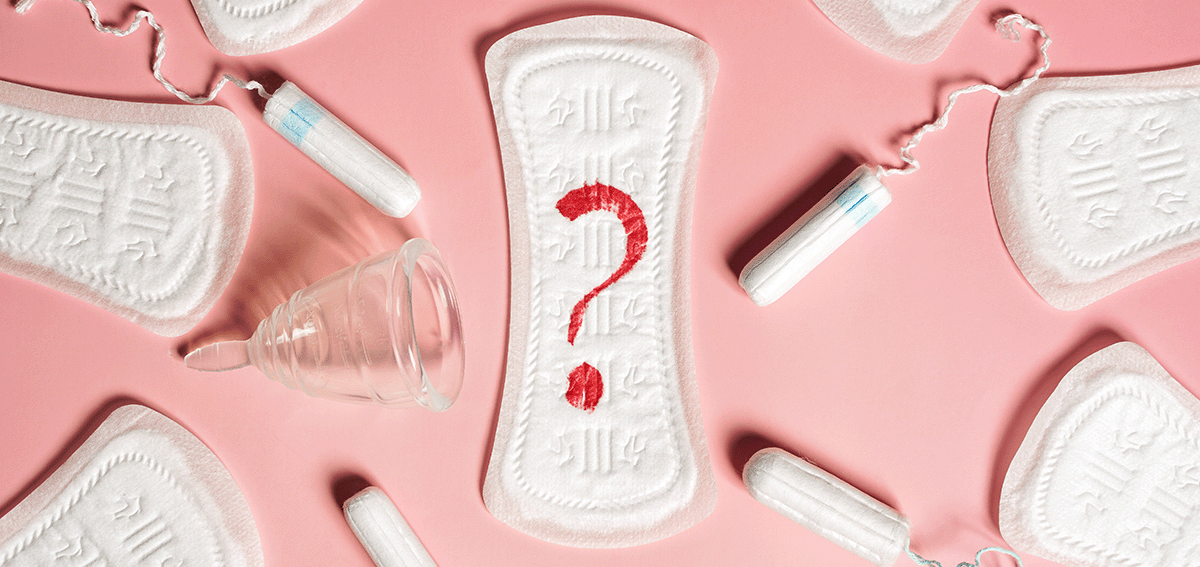If you’re someone who uses pads during your menstrual cycle, you might have wondered at some point whether they contain latex. It’s an important question to ask, especially if you have a latex allergy. Well, you’re in the right place because, in this article, we will answer all your doubts and questions.
Contents
Do Pads Have Latex in Them?

The answer isn’t always straightforward. While some feminine hygiene product manufacturers may use latex in their products, many popular brands have made efforts to cater to individuals with latex allergies.
For instance, Procter & Gamble, a well-known manufacturer of feminine hygiene products, states on their website that their products are latex-free. This provides relief for those with latex allergies, knowing that they can safely use these products without worrying about any adverse reactions.
If you’re considering using a menstrual cup instead of pads, it’s worth noting that these must be latex-free. Most menstrual cups, such as the popular brand DivaCup, are made with medical-grade silicone, which is a safe option for individuals with latex allergies.
While pads and menstrual cups are common choices for managing your menstrual cycle, it’s also important to be aware of other sources of latex that you may encounter in your daily life. Items like raincoats, rubber boots, and even certain school and office supplies may contain latex.
What Are Pads Made Of?
Pads, also known as sanitary pads, are narrow pieces of material that you stick to your underwear. They provide protection during your menstrual cycle by absorbing the flow of blood. In the past, disposable pads used to be massive and uncomfortable. However, with advancements in technology, pads have evolved to be more comfortable and efficient.
Here’s a look at what pads are typically made of:
- Absorbing Material: Pads are made of a thick absorbing material that can handle heavy blood flow. This material is designed to quickly absorb and lock away moisture, keeping you dry and comfortable.
- Leak-Proof Layers: Some pads feature a gel-based technology that converts the blood into gel and traps it between the layers. This ensures there is no leakage, giving you confidence and protection throughout the day.
- Soft Cotton Cover: A soft cotton cover is often used on the top layer of the pad for added comfort against your skin. It is gentle, breathable, and contributes to preventing irritation and rashes.
- Adhesive Backing: Pads have an adhesive backing that allows them to stick securely to your underwear. This ensures that they stay in place and provide reliable protection against leaks and stains.
Risks of Latex in Pads

1. Allergic Reactions to Latex
Latex allergy is a concern for some individuals, and it’s important to be aware of the potential risks associated with pads that contain latex. If you have a latex allergy, it means that your immune system reacts to the proteins found in latex, causing an allergic reaction. The most severe form of latex allergy is an IgE-mediated allergic reaction, which can be life-threatening.
2. Sensitivities and Irritations
Even if you don’t have a latex allergy, it’s still possible to experience sensitivities or irritations from the components of pads themselves. Traditional pads often contain synthetic materials and chemicals that can potentially irritate sensitive skin, leading to discomfort during your period. This can include the adhesive used to secure the pad to your underwear, fragrance additives, and other synthetic materials.
Organic and Latex-Free Options
If you’re concerned about the risks associated with latex in pads, there are alternatives available. Some manufacturers, like Procter & Gamble, specifically state that their feminine hygiene products are latex-free. Additionally, many popular brands offer menstrual cups made from medical-grade silicone, which is safe for use and latex-free.
Opting for organic pads is another option to consider. Organic pads are made from natural materials, such as organic cotton, and are free from synthetic materials and chemicals that could potentially irritate sensitive skin. This can provide a more comfortable and pleasant period experience, especially for those with sensitivities or allergies.
By being informed about the risks of latex in pads and exploring alternative options, you can make choices that prioritize your comfort and protection during your menstrual cycle. So, go ahead and try out different latex-free pads to find the one that works best for you. Happy period!
Frequently Asked Questions
Do always pads have latex in them?
No, our pads, liners, and packaging do not contain natural rubber latex. We prioritize your comfort and protection by using materials that are latex-free.
What items have latex in it?
Latex can be found in various household items such as flooring, rug mats, bathmats, rubber gloves, tires, and mats. Personal care items like diaphragms, condoms, and adult diapers may also contain latex. Office and school supplies like rubber bands, erasers, rubber cement, and paint may have latex as well.
What triggers latex allergy?
Latex allergy is an allergic reaction to proteins found in the milky sap of the Hevea brasiliensis rubber tree. It typically develops after repeated exposure to medical and consumer products containing natural rubber latex.
I am a medical student with experience and interest in Women’s health and well-being.